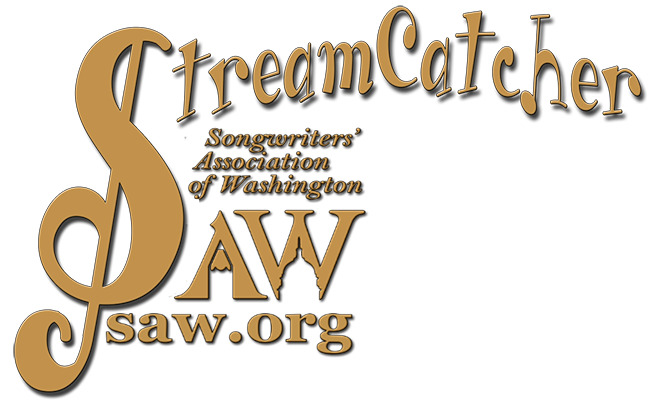A warning — Zoom is not particularly musician-friendly, so there will likely be glitches and freezes. All of our internet speeds and setups are different, and I’ve seen things go wrong with the fanciest of equipment. So, it’s not going to be perfect.
Here are some things to think (but not overthink) about. If you feel overwhelmed, stop reading after #2 !!!
1. Take a look at your background. And check your lighting. Don’t sit in front of a bright window or it’ll look like a shiny void. You can get a good idea of what it will look like by turning on the photo booth app on a mac. I am guessing that the same applies on a non-Mac – find an application that uses a camera and turn it on.
2. Please try to have the camera on your phone/laptop/desktop so that you are looking straight at it. In other words, we don’t want to see you looking down at us. It’s an extra bonus if we can see some or most of your guitar (or other instrument).
3. You can use the microphone on your computer or you might have a USB mic. Just make sure if you use a USB mic, keep it equidistant between your guitar and mouth. A boom makes that fairly easy.
3. The faster your internet speed, the better. Sometimes you can get an Ethernet cable and plug it from your router to your computer, and SOMETIMES that makes your connection faster (it makes it a bit slower for me!).
4. Turn off all applications on your computer except for your browser, where you will see zoom and your email (if you need email open to go to zoom). This reduces the drag on your device. The fewer things going on, the better it can receive and transmit,
3. When you go to zoom, the icons for microphone and video are on the bottom left. You can click them on and off in order to mute and unmute yourself. When other folks are performing, please mute (or Lisa may mute you) and don’t forget to unmute after a song so that you can applaud, hoot and holler, etc.
4. There is a chat icon at the bottom of your screen and you can click that to open up a window in order to talk to the other participants.
5. In the top left corner of the zoom screen there should be a message saying either “enable original sound” or “turn on original sound,” or something like “turn off original sound.” This is, at first, very confusing. The bottom line is that you WANT original sound on. (Original sound on means that zoom should be able to transmit your voice and instrument without compression (which is what it does when original sound is off. If your guitar sounds faint, going in and out, tinny, or just crummy, it’s probably because you do not have original sound turned on. ** see below for more explanation, if you like.)
6. Audio interfaces: The verdict isn’t in on these. Sometimes they work great, sometimes they create horribleness.
**One thing to note is that there is a setting on zoom called “enable original sound” which removes zoom’s automatic default audio compression. That means that zoom focuses on the voice, and external sounds like air conditioners or traffic or planes are kind of zoned out. The problem is, zoom doesn’t differentiated between an air conditioner and the sound coming out of your guitar, so you should be using original sound, which means the sound you are creating, which isn’t getting messed up by a software program.
